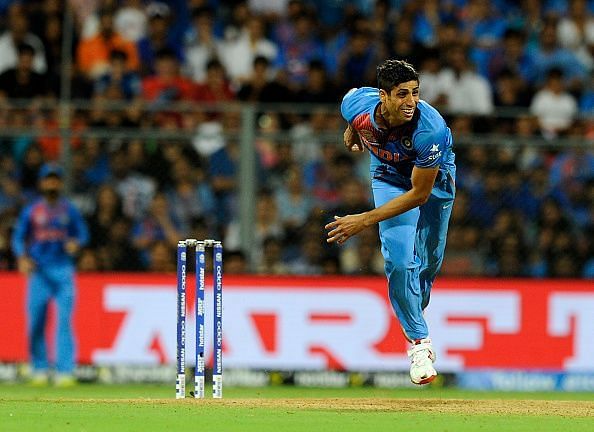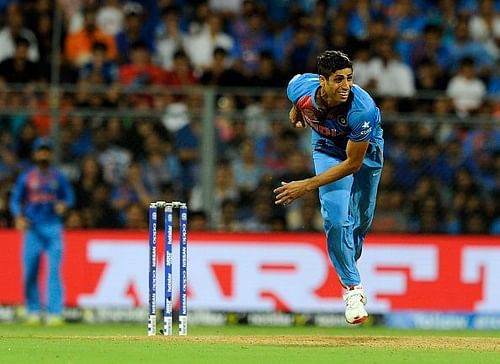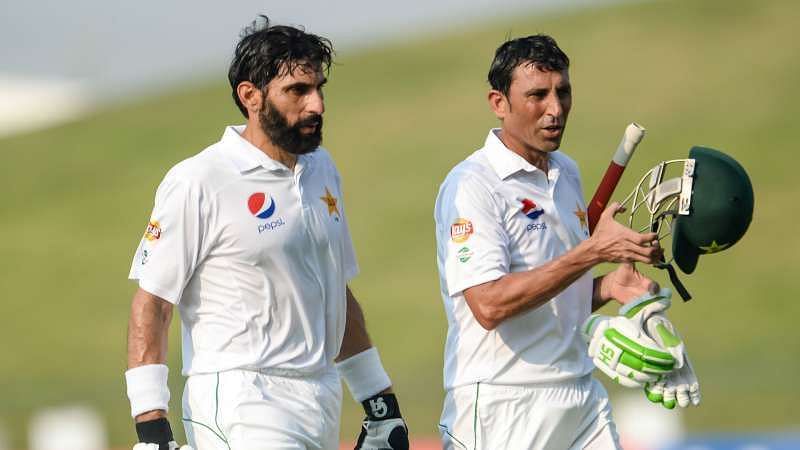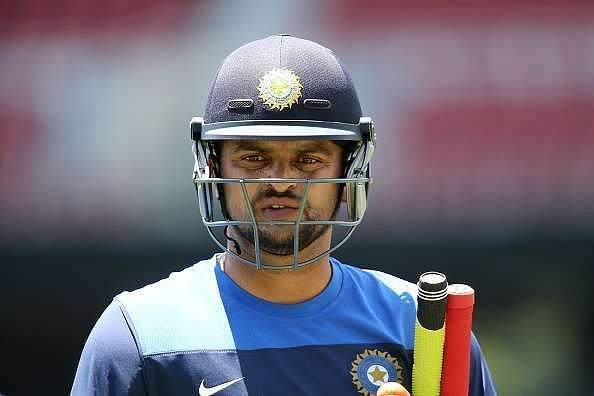
A never-ending saga: Why BCCI needs to clear misconceptions on farewells of star cricketers

Talented cricketers, as they ascend in their profession, end up representing their country at the highest level for a large part of their careers. They devote their formative years to rigorous training before spending the better part of their careers as sporting ambassadors for their nation. During their journey to stardom, they develop a fan base for life and deservedly so.
Towards the twilight of his career, the retirement of an accomplished player invokes a mixture of emotions as well as a celebration over his successful journey. In India, retirement is a huge affair for any top-notch cricketer. Sadly, in the recent past, some of the finest players have not received their due.
Ironically, in the cricketing circles, Asian players are often considered to be emotional and record-seeking. They are not expected to leave the game unless pushed to an inevitable situation. Ricky Ponting, who was the epitome of Australia's modern-day dominance, was shown the door after a lean patch as the selectors wanted to make space for an younger alternative.
This leaves us with the million dollar question – Do we need farewells? Who gets to decide when an experienced cricketer should stop playing?
Blossoming beyond 35

Famous Indians including academicians, businessmen, scientists, actors, and politicians have established themselves in their respective fields. But what is the key criteria that separates these personalities from cricketers? Indeed, it is the retirement age. The average age that a cricketer peaks in his career, measured by comparing across decades in an analysis by The Cricket Monthly shows that players crossing 35 blossom and create stirring records.
This is clearly noticeable in the subcontinent. Some of the most prominent recent examples are Sachin Tendulkar, Muttiah Muralitharan, Misbah-ul-Haq, Younis Khan and Tillakaratne Dilshan. Around 40, the vast majority of seasoned campaigners tend to hang up their boots. This makes a career shorter by 20 years than what any alternate career could offer.
Also Read: The unexpected messiah - How Misbah-ul-Haq's legacy should be remembered
While a few still choose to remain associated with the sport as administrators, coaches, or commentators, many start exploring for fresh avenues outside the sport. Thus, the retirement decision is a huge part of a cricketer’s career and must be acknowledged in an appropriate manner.
Forgotten domestic stalwarts
Nobody remembers, albeit very sadly, great domestic players. Unless recognition comes in through India call-ups or by smashing newsworthy records, the media and the public largely turn a blind eye towards domestic players. As always, there are a few exceptions who religiously follow first-class cricket in the country.
Sometimes, serendipity plays a role in deciding who gets into the national team. As a result, domestic cricketers who put in years of hard work are not recognized as much as their international counterparts. The likes of Amol Muzumdar, KP Bhaskar, Rajinder Goel and Sunil Subramaniam - who never made the cut to play for India - had to remain content with being great players at the first-class level. These are just a few names among numerous cricketers whom we hardly remember today.
Isn’t it then a form of injustice that these players do not get what they deserve while some others do, notwithstanding the fact that they could not gain entry into the national side? In such regard, Indian fans can take a cue from their English counterparts. Chris Read, who was playing his final season for Nottinghamshire after serving the county for almost two decades, got a rousing reception during his final home game at Trent Bridge. This sort of treatment for a domestic giant is not seen in India. Several first-class stalwarts invariably end up leaving the game unnoticed.
The euphoria surrounding Nehra's farewell
In discussing how a farewell must be structured, the question arises as to who makes the decision of hosting and who becomes eligible for one. The most recent one that we’ve witnessed in India is that of Ashish Nehra.
Nehra’s case is taken up for analysis as it is the most recent one. That he had it in him to perform at par with younger bowlers in the IPL despite battling plenty of injuries is indeed commendable. But, observing his statistics in his 19 long years of international cricket, there are a few pointers that have been missed.
Nehra played only 17 Test matches, the last of which came just five years into his career. India played 338 ODIs between June 24, 2001, the day of Nehra’s debut, to the 2011 World Cup final (his last appearance in the 50-over format). With Nehra having played in only 120 of those, it roughly comes to about 35 percent of the matches or a little more than one out of every three games that India played.
Extra Cover: The bemusing saga called Ashish Nehra's farewell
Given that he has had injuries and surgeries through his career, the fact that he has made innumerable comebacks and justified the selectors’ faith in him is credit to him. But, the saga also points to the lack of a long-term pacer that India has missed since the retirement of Javagal Srinath. Nevertheless, coming back to playing the game after so many injuries speaks volumes about his grit and perseverance.
Making a case for Raina

From July 30th of 2005 till their most recent ODI against New Zealand in Kanpur on October 29, India have played 345 ODI matches. Among these games, Suresh Raina, has played 223. This is roughly 65 percent of the matches or almost every two games out of three that India have played in the period since his debut.
Considering that Raina has been a modern-day limited-overs great for India, he deserves as much accolades and recognition. Going just by records and contribution to the national side, the case of Raina fits in well here. However, he seems to have fallen out of the selectors’ radar due to poor form and fitness.
So today, if he were to announce his retirement from cricket, will he receive the kind of farewell that his contemporaries received? Will the next ODI match be shifted to Kanpur or Lucknow so that Raina can have a farewell game for himself? Most probably not. The fact that Nehra had been picked to play for the side regularly due to his consistent performances, irrespective of whether he announced his retirement or not, aided in him receiving the kind of farewell that he got.
Emotion-driven Indian fans
In India, cricket forms a part of the daily culture. Fans appreciate every bit of affection shown towards their favourite players. Conversely, there have been enough evidence of them showing their distress and anger at non-performances too. This kind of emotional attachment is what drives the decision-making of an elaborate farewell for a cricketer.
It is debatable whether a player, who is a regular in the national side, gets to play a final game before he calls it quits. If the policy is that they do play, what about the rest who over their illustrious careers contribute in a similar level to the cricketing progress of India? But due to age or loss of form, they do not find a place in the side and are hence coaxed to retire from the game.
Thus, a balanced call is the need of the hour on what must constitute a farewell program and who becomes eligible. The retirement decision, being a bag of mixed emotions, must be dealt with delicately. Players should get the fair treatment that they absolutely deserve, even if it initially happens only for cricketers who represent India. Delving deeper, it is time that the BCCI becomes generous enough to publicly acknowledge the contributions of a domestic giant.
Organising a farewell or a ceremony to commemorate a player a few months past his retirement is only as good as not having a recognition itself. Whether there should be a numerical barrier like a minimum representation of international matches or featuring in a World Cup, any such statistical or factual decision is something that the Indian Board must decide.
Surely, when decisions are being made to improve every aspect of the game and make players of all levels financially secure and happy, the facet of retirement merits discussion as well.